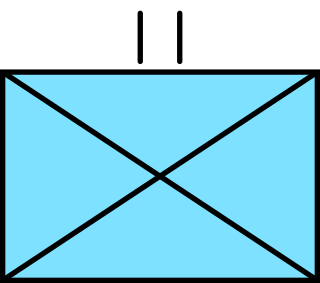
A battalion is a military unit, typically consisting of up to one thousand soldiers. Commanded by a lieutenant colonel and subdivided into several companies, each typically commanded by a major or a captain. The typical battalion is built from three operational companies, one weapons company and one headquarters company. In some countries, battalions are exclusively infantry, while in others battalions are unit-level organizations. The word battalion has its origins in the Late Latin word battalion, which is derived from battalia, meaning "battle" or "combat." The term was used to describe a large group of soldiers ready for battle. Over time, its meaning evolved in military terminology.
A company is a military unit, typically consisting of 100–250 soldiers and usually commanded by a major or a captain. Most companies are made up of three to seven platoons, although the exact number may vary by country, unit type, and structure.
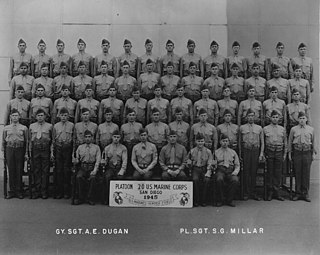
A platoon is a military unit typically composed of two to four squads, sections, or patrols. Platoon organization varies depending on the country and the branch, but a platoon can be composed of 20–50 troops, although specific platoons may range from 10 to 100 people. A platoon is typically the smallest military unit led by a commissioned officer. The platoon leader is usually a junior officer—a second or first lieutenant or an equivalent rank. The officer is usually assisted by a platoon sergeant.
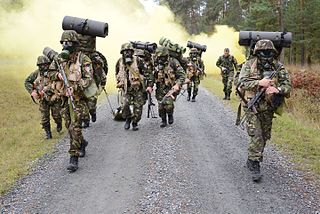
In military terminology, a squad is among the smallest of military organizations and is led by a non-commissioned officer. NATO and U.S. doctrine define a squad as an organization "larger than a team, but smaller than a section." while U.S. Army doctrine further defines a squad as a "small military unit typically containing two or more fire teams." In American usage, a squad consists of eight to fourteen soldiers, and may be further subdivided into fireteams.

A fireteam or fire team is a small modern military subordinated element of infantry designed to optimize "distributed warfare", "NCO initiative", "combined arms", "bounding overwatch" and "fire and movement" tactical doctrine in combat. Depending on mission requirements, a typical "standard" fireteam consists of four or fewer members: an automatic rifleman, a grenadier, a rifleman, and a designated fireteam leader. The role of each fireteam leader is to ensure that the fireteam operates as a cohesive unit. Two or three fireteams are organized into a section or squad in co-ordinated operations, which is led by a squad leader.
Heavy weapons platoon (HWP) is a term from military science which refers to an infantry platoon equipped with machine guns, mortars, rocket-propelled grenades, flamethrowers, grenade launchers, anti-tank weapons, or any other weapons that are portable but heavier than a single infantryman can reasonably transport and operate by themselves for combat, generally a crew-served weapon. Heavy weapons platoons are grouped into a weapons company or maneuver support company, which focuses on moving and using heavy weapons to support light infantry rifle companies armed with standard-issue small arms.
Sergeant, is a rank in use by the armed forces of many countries. It is also a police rank in some police services. The alternative spelling, serjeant, is used in The Rifles and in other units that draw their heritage from the British light infantry. The word "sergeant" derives from the Latin serviens, 'one who serves', through the Old French term serjant.
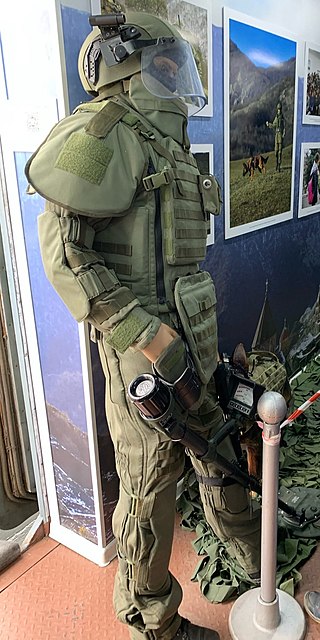
A sapper, also called a combat engineer, is a combatant or soldier who performs a variety of military engineering duties, such as breaching fortifications, demolitions, bridge-building, laying or clearing minefields, preparing field defenses, and road and airfield construction and repair.

A combat engineer is a type of soldier who performs military engineering tasks in support of land forces combat operations. Combat engineers perform a variety of military engineering, tunnel and mine warfare tasks, as well as construction and demolition duties in and out of combat zones.

A section is a military sub-subunit. It usually consists of between 6 and 20 personnel. NATO and U.S. doctrine define a section as an organization "larger than a squad, but smaller than a platoon." As such, two or more sections usually make up an army platoon or an air force flight.

The Royal New Zealand Infantry Regiment is the parent administrative regiment and corps of regular and reserve infantry battalions in the New Zealand Army. It was originally formed in 1947 with a singular Regular regiment and multiple reserve regiments. Over time, the regiments were turned into battalions, the reserve units amalgamated and more regular units raised and disbanded. Currently, the Regiment currently consists of two regular and three reserve battalions. Throughout its existence, units raised in this regiment have served and deployed on operations in Malaya, Vietnam, Borneo and various United Nations peacekeeping operations.
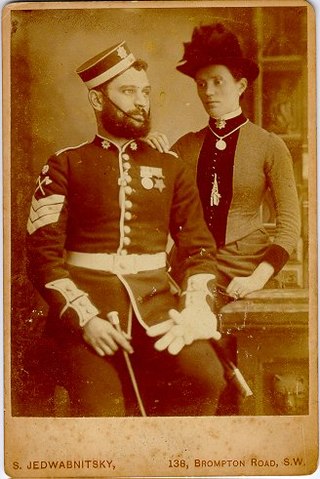
A pioneer sergeant is a position in the British Army and several army units of the Commonwealth. Although a pioneer sergeant holds the rank of sergeant in the army, the pioneer sergeant title itself is a regimental appointment rather than an official military rank. Pioneer sergeants are found only in line infantry regiments and regiments of the Foot Guards, and are normally responsible for carpentry, joinery and related work.
A weapons company, sometimes called a manoeuvre support company, is a company-sized military unit attached to an infantry battalion to support the rifle companies of the battalion. It usually possesses some combination of machine-guns, mortars, anti-tank missiles, anti-aircraft missiles, reconnaissance vehicles and, sometimes, assault pioneers.

Infantry tactics are the combination of military concepts and methods used by infantry to achieve tactical objectives during combat. The role of the infantry on the battlefield is, typically, to close with and engage the enemy, and hold territorial objectives; infantry tactics are the means by which this is achieved. Infantry commonly makes up the largest proportion of an army's fighting strength, and consequently often suffers the heaviest casualties. Throughout history, infantrymen have sought to minimise their losses in both attack and defence through effective tactics.

A rifleman is an infantry soldier armed with a rifled long gun. Although the rifleman role had its origin with 16th century hand cannoneers and 17th century musketeers, the term originated in the 18th century with the introduction of the rifled musket. By the mid-19th century, entire regiments of riflemen were formed and became the mainstay of all standard infantry, and rifleman became a generic term for any common infantryman.
In the United States Marine Corps, the ground combat element (GCE) is the land force of a Marine Air-Ground Task Force (MAGTF). It provides power projection and force for the MAGTF.

A pioneer is a soldier employed to perform engineering and construction tasks. The term is in principle similar to sapper or combat engineer. Pioneers were originally part of the artillery branch of European armies. Subsequently, they formed part of the engineering branch, the logistic branch, part of the infantry, or even comprised a branch in their own right.

1 South African Infantry Battalion is a mechanized infantry unit of the South African Army.

8 South African Infantry Battalion is a mechanized infantry unit of the South African Army. The battalion is equipped with Ratel Infantry Fighting Vehicles (IFV) used for fast transport and combat mobility across rough ground. Support weapons for mechanized infantry are also provided with motorized transport, or are built directly into these IFVs, in order to keep pace with the IFVs in combat. The battalion was raised at Upington in the Northern Cape on 01 October 1973 as part of the South African Infantry Corps, and since the change in structure, has been assigned to the Infantry Formation.














